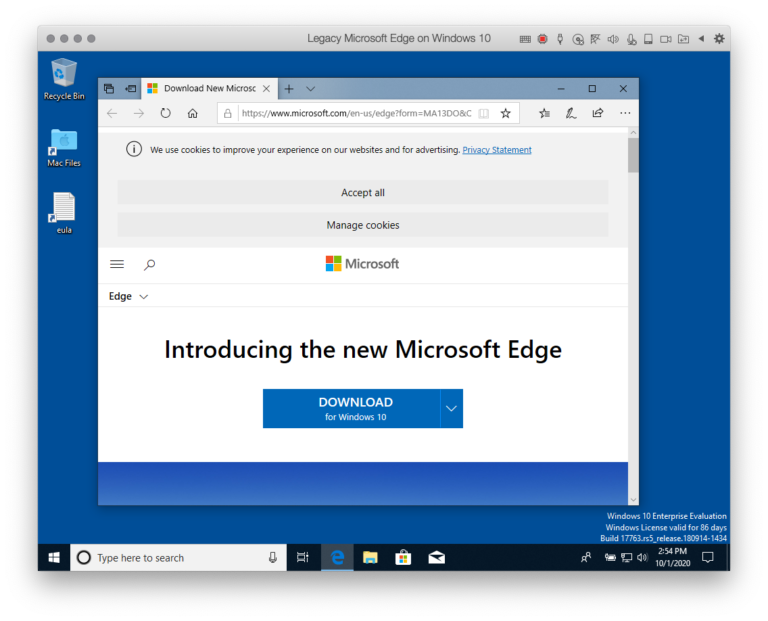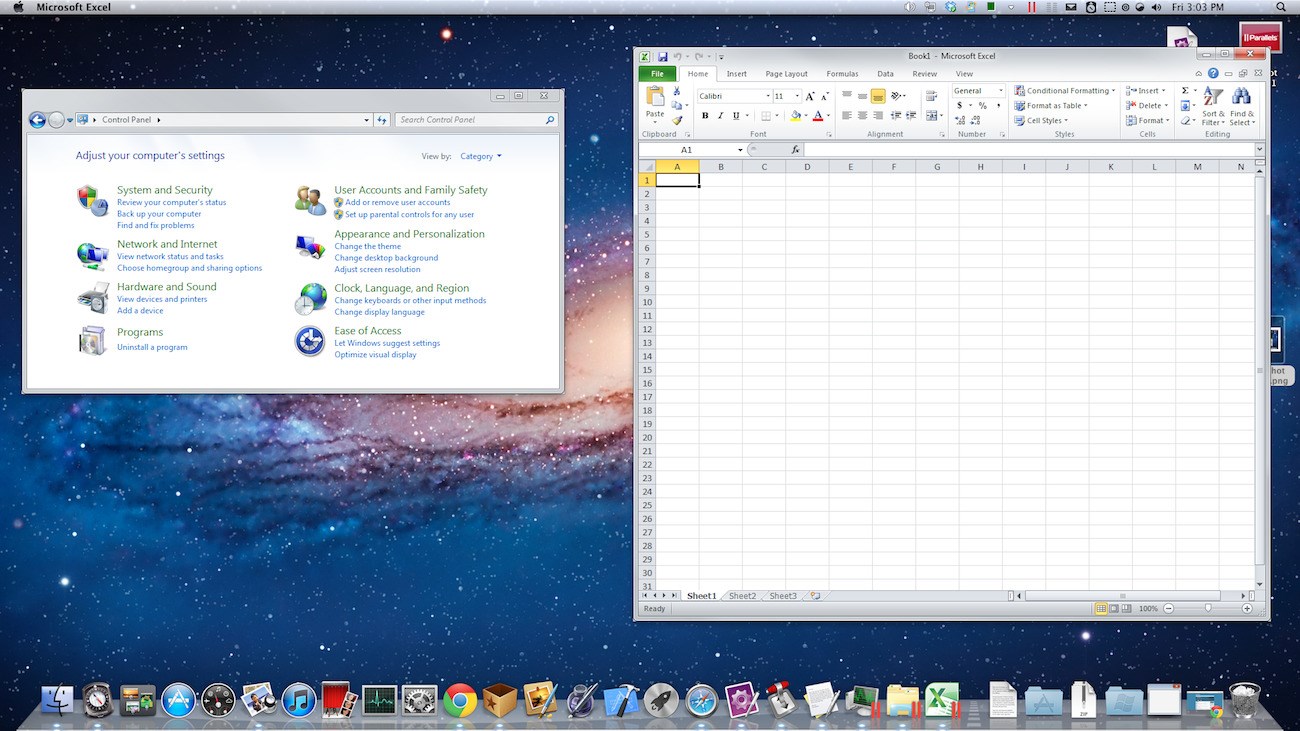
#GNU PARALLEL MAC OS X INSTALL#
Everything is installed in a brand spankin’ new virtual machine, and you’re presented with an Ubuntu login screen asking you to enter a new password: Ubuntu Linux running in a Parallels Desktop virtual machine on macOS Sierraĥ) To gain access to files on your Mac as well as external drives, it’s a good idea to install the free Parallels Tools for Linux.
#GNU PARALLEL MAC OS X DOWNLOAD#
Click the Download button, and Parallels Desktop begins to download the Ubuntu distribution files to your Mac.Ĥ) Ummm…that’s really about it. A window describing Ubuntu is displayed, with a Download button in the lower right corner.
#GNU PARALLEL MAC OS X HOW TO#
As an example, we’ll show you how to install Ubuntu in Parallels Desktop 12.ġ) Make sure you have Parallels Desktop 12 installed and running on your Mac.Ģ) At the Parallels Wizard window that appears upon launching the Parallels Desktop environment, click “Download Ubuntu” from the list of Free Systems listed at the bottom of the window (see image below): The Parallels Wizard, showing Free Systems listed near the bottom of the windowģ) Click the Continue button once the Ubuntu logo is highlighted. The best things about Parallels Desktop for those interested in trying out Linux is that it includes free distributions for Ubuntu, Fedora, CentOS, and Debian GNU/Linux (a Linux-like OS that uses the Linux kernel). Parallels is an extremely popular VM environment for Mac, available from for just $79.95. Probably the easiest way to set up Linux on a Mac is to create a virtual machine (VM) in Parallels Desktop. Today, we’ll look at two ways that you can quickly install and run Linux on a Mac. There’s still a lot of interest in Linux in the IT and scientific communities, and it’s a popular OS to learn more about. Early on in the Linux timeline, it was thought that the operating system would be popular for home and educational use instead, those areas have been dominated by macOS, Windows, and more recently ChromeOS on Chromebooks. Many servers operate on Linux, which is probably its primary use case. Linux is an open-source Unix-like operating system that has been available in one form or another since 1991. More powerful computers might have processors with 8, 16, or even 32 cores, offering massive time-saving through parallelization of your jobs.Tux the penguin, the official mascot of Linux

Even this small task pushed them all to their limit: My MacBook Pro’s Intel i7 has only 4 cores. Parallel power also depends on your computer.

With parallel, it took only a few minutes. I encountered parallel while working with a data processing task that would likely have run for an hour or more if done sequentially. But with larger lists and longer tasks, we can save a lot of time with parallel. With only five files, this difference isn’t such a big deal. Using parallel, our conversion ran in a little over half the time. parallel will run every line as a separate command. With the -a flag, we can pipe our script directly into parallel. We don’t have to change anything about our script. Our script finishes in a little over a minute. time will print the real time elapsed during execution. We can time the execution of a job by prepending time when calling the script from the terminal. Let’s write a script to convert each one sequentially: # convert.sh Here’s what we need to run for each file. We’ll use another great command line tool, ffmpeg, to convert the files. These are pretty big files, each one is at least a gigabyte. Let’s compare sequential and parallel execution of the same compute-intensive task.

Fortunately, you can start being useful with parallel with just a few basic commands. But I found the docs a bit overwhelming at first. Parallel is awesome and belongs in the toolbox of every programmer. GNU parallel is a command line tool for running jobs in parallel.


 0 kommentar(er)
0 kommentar(er)
